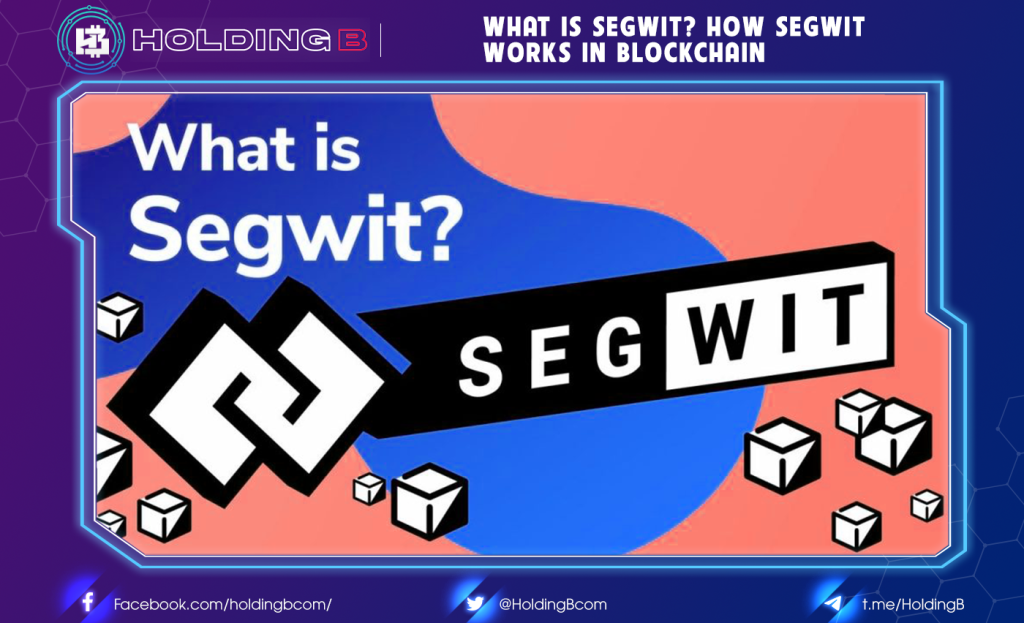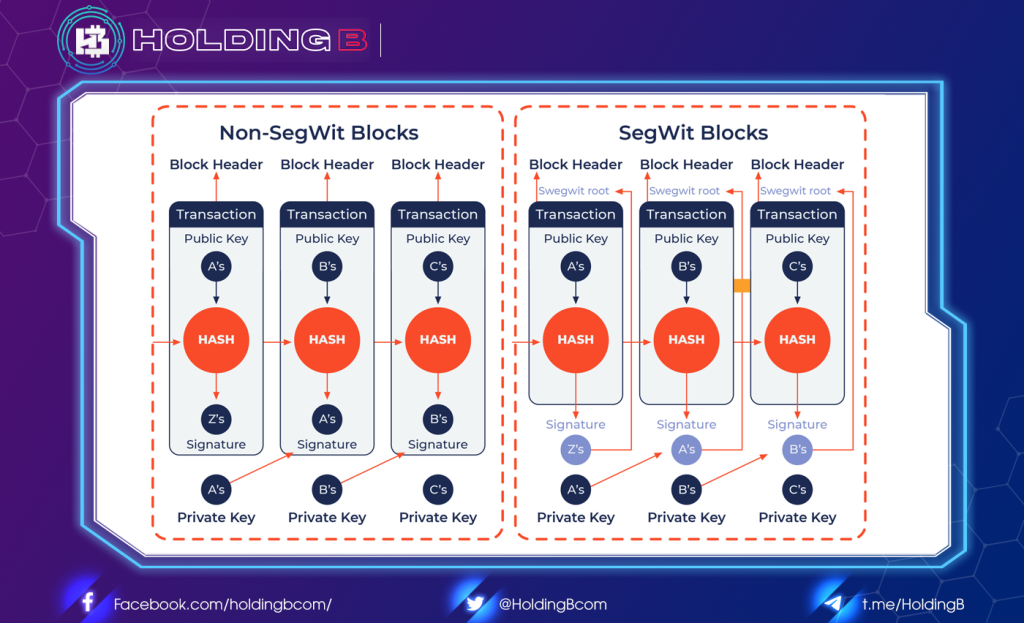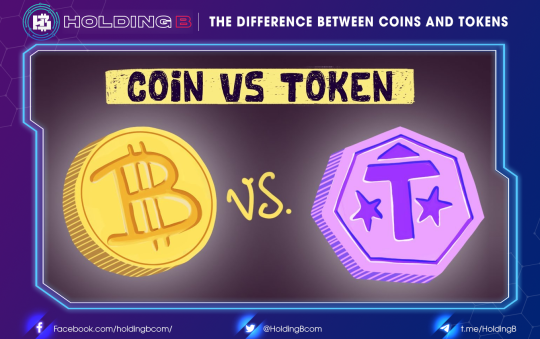
What is SegWit?
SegWit stands for Segregated Witness, which is the process of increasing the block size limit on the Bitcoin Blockchain by removing signature data from Bitcoin transactions. When certain parts of a transaction are deleted, this frees up space or the ability to add more transactions to the chain.
The reason SegWit was born is that on average, the Bitcoin network confirms a new block every 10-15 minutes, each block contains a certain number of transactions. As such, the block size affects the number of transactions that can be confirmed in each block.
SegWit is a protocol upgrade developed in 2015. This upgrade was developed to address the temporary scalability issue for the Bitcoin blockchain and blockchains with similar infrastructure.
SegWit works in Blockchain
The Bitcoin blockchain is a distributed system on a P2P peer-to-peer network. These systems are called nodes. They act as custodians of Bitcoin transactions. All transactions on the Bitcoin Blockchain are replicated across these nodes. Makes breaking into and corrupting transactions virtually impossible.
Transaction data shared across multiple nodes consists of two components. Includes input and output. There can be one or more inputs and outputs involved in a transaction.
- The output is the public address of the receiver.
- The input is the public address of the sender.
Much of the space in a transaction includes a signature to verify that the sender has the funds needed to make the payment.
Due to technical limitations, only a certain number of transactions can be added to a block. The weight of transactions is increasingly weighing on the network. And cause delays in transaction processing and verification. In some cases, it takes hours to confirm that a transaction is valid.

SegWit introduces an interim solution for separating digital signatures from transaction data. This process is called SegWit (Segregated Witness)). Digital signatures take up 65% of the space in a given transaction.
SegWit attempts to ignore the data attached to the signature by stripping the signature from within the input and converting it to another structure, the consequence of which will increase the block size limit to 4MB while the actual block size is still 1 MB, but in return offers other benefits that we will explore later in the article.
What are the advantages and disadvantages of SegWit?
Advantage
One of the biggest uses of SegWit is to increase the transaction storage performance of a Bitcoin block. By removing the signature data from the transaction input data, the block can store more transactions.
More specifically, SegWit doesn’t increase the actual block size but is just a technical solution to increase the effective block size, without having to increase the actual block size limit. The actual block size is still 1 MB.
SegWit increases the speed of transactions, although the time to produce a block remains the same. But because of that block can handle more transactions. The average number of transactions processed per second should be still higher.
In addition, SegWit is a Soft Fork, i.e. an optional software update upgrade. Bitcoin nodes that are not updated with SegWit can still process transactions.
Disadvantage
Since it is a soft fork, this means that not every Bitcoin node will update Segwit. In some cases, it will cause some limitations when used.
Example: Not all wallets and exchanges support Bitcoin Segwit. So if you want to send Bitcoins to these platforms. You can only send it to their Bitcoin Legacy address.
Conclude
This is a huge step forward that helps solve many of Bitcoin’s scalability problems. And other similar blockchain networks like Litecoin. With the combination of SegWit and 2nd Layer protocols like the Lightening Network, Bitcoin can handle a larger number of transactions, with greater efficiency and lower costs.
See ya in the next article !
Don’t forget to follow useful articles about Crypto Market from team Holding B !!!
- Telegram Channel: https://t.me/HoldingBcom
- Telegram Group: https://t.me/HoldingB
- Website: https://holdingb.com/
- Twitter: https://twitter.com/HoldingBcom
- Facebook: https://www.facebook.com/holdingbcom





